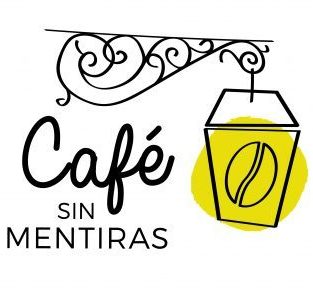Back in 2015 Rob Hoos published a book that, I like to think, changed the perspective of the roasters who read it about how to roast coffee in order to taste in a specific way. How to add sweetness, what to do to increase the perception of the body, how to mitigate or accentuate the acidity. “Modulating the Flavor Profile of Coffee. One Roaster’s Manifesto” is a must read that will help you start your own journey into modulating the taste of coffee through the process of roasting.
Rob specifies there, that you can only modulate the profile of taste inside the parameters given by the variety, processing, elevation at which the coffee was grown and others, which means that is impossible to “bring up florals” in a low grown robusta, or get “light body” that tastes nice and developed in a coffee that is famous for its heavy texture.
It means you work in a certain frame, and first you need to understand what this coffee has to offer, and then modulate it, according to your goals – imagine that you bring up the volume when on the radio you hear the song that you like, and then bring down the bases because they are disturbing. You don’t want the whole melody to be different (and even you you wanted, you can’t do it). You just change the perception slightly.
The same thing with the roasting. You cannot by some magical act of roasting transform low grown brazilian coffee into a delicate and floral panamanian geisha – but what you can do is modulate the body, acidity and sweetness of this particular batch.
Roasters work is not about transforming low grade coffee into something marvellous. Roasting is just a step in a chain, the other steps, before and after, they also have to be done well, for it to work. Green coffee has to be fresh and decent, to start with.
I like to think that by roasting exceptionally well you can add max 1,25 points to the final cupping score (in the parameters such sweetness, acidity, body and flavour, mainly). Which means – you can transform 85 into 86,25, but never – into the 88 or 90. C’est la vie, you have to start well to get higher. And yes, badly roasted coffee can ruint he score completely, by the way, so the rule +1,25 works only one way.
In other words, roasting coffee is not magic, and neither it is strict math. It is a combination of plenty of factors that a roast master has to follow, and repeat steadily, and what is even more important – to make right conclusions out of all the data collected. Basically roasting is collecting big data, all you can find, and making your own conclusions on how a certain machine works.

